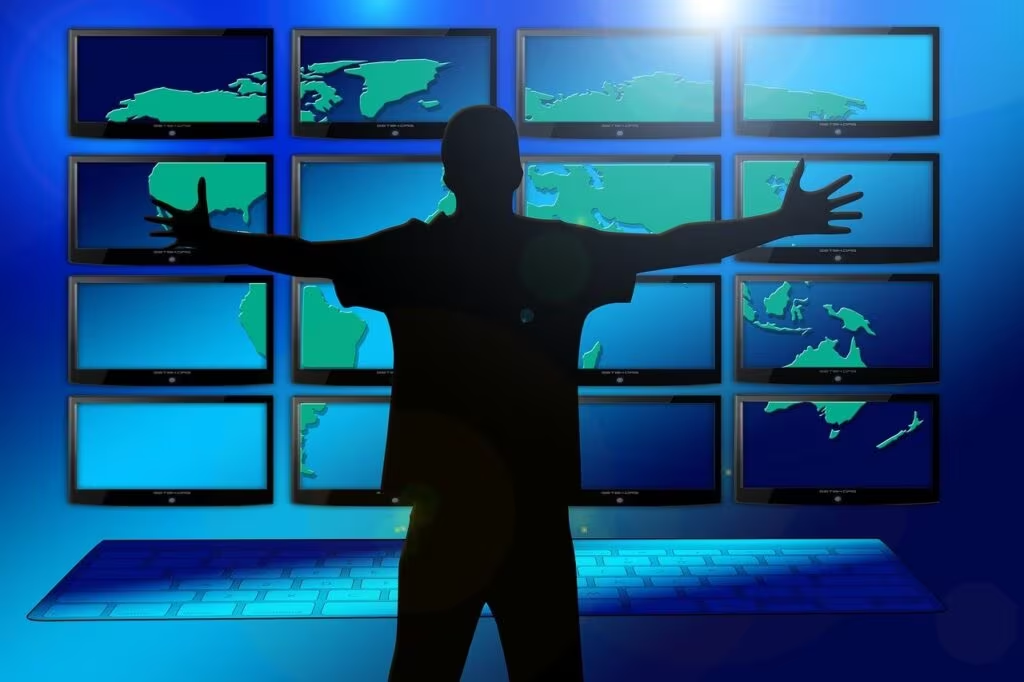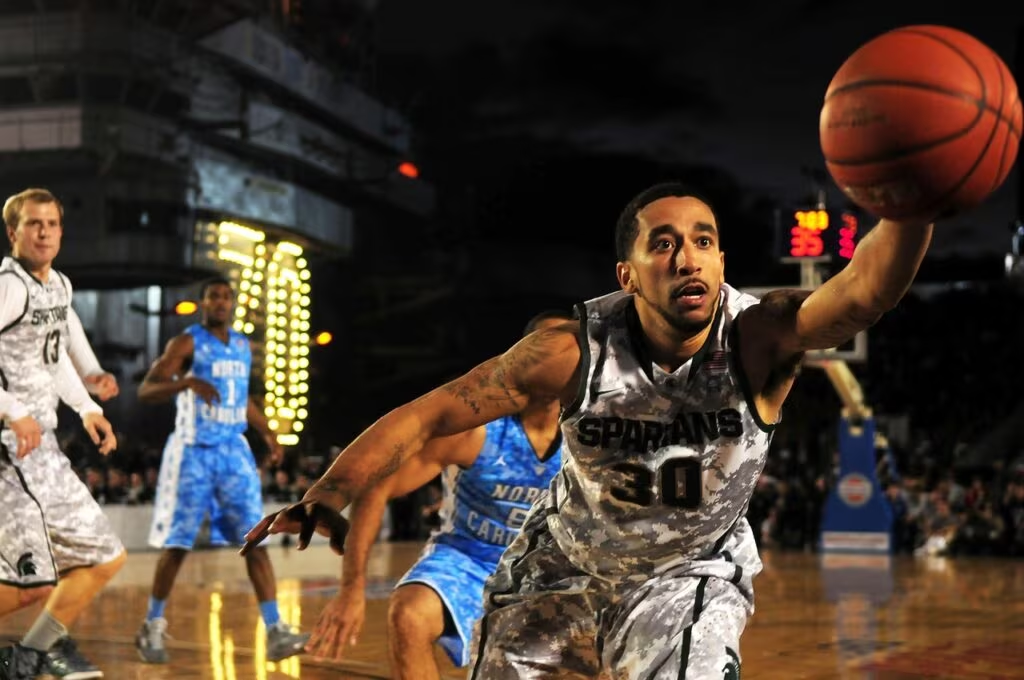A New Era of Officiating: Headsets Hit the NBA Court
Starting with the current regular season, NBA referees have officially adopted the use of headsets during games, marking a significant technological shift in how the league manages on-court communication and instant replay reviews. The announcement, made recently by the league office, confirms the integration of specialized audio equipment designed to enhance efficiency and accuracy in officiating.
This implementation moves the NBA closer to the communication standards utilized in other major professional sports, ensuring that the on-court crew chief has immediate, secure, and direct access to the NBA Replay Center in Secaucus, New Jersey, without needing to interrupt the flow of the game to use a sideline phone.

The Technology Behind the Whistle
The primary motivation for introducing the headsets is to streamline the instant replay process, a crucial area of the game that has often faced criticism for its length and complexity. Previously, when a play required review, the crew chief would be required to physically move to the scorer’s table to use a dedicated phone line to speak with the Replay Center staff. This process added valuable time to stoppages.
With the new system, the crew chief is equipped with a lightweight, secure headset that facilitates instant, two-way communication. This allows the Replay Center staff—who have access to dozens of camera angles and specialized review technology—to relay information, clarify rules, or confirm details directly and immediately to the lead official.
Key Functions of the Headset System:
- Direct Link to Secaucus: Provides a secure, dedicated audio channel straight to the NBA Replay Center, bypassing the need for physical movement to the scorer’s table.
- Real-Time Consultation: Enables Replay Center personnel to quickly advise the crew chief on the status of a review or provide necessary context during complex interpretations.
- Enhanced Crew Coordination: While the primary link is to the Replay Center, the system also facilitates clearer, non-verbal communication among the three on-court officials, especially during chaotic moments or when coordinating technical fouls and substitutions.
This technology is expected to shave critical seconds off each review, contributing to a smoother, faster pace of play—a priority for the league in recent seasons.
Streamlining the Instant Replay Process
The instant replay review process, while essential for maintaining accuracy, has been a source of frustration for fans, players, and coaches due to the time taken to reach a decision. The introduction of the headsets directly targets this inefficiency.
Consider a scenario involving a complex flagrant foul review. Under the old system, the referee would need to:
- Signal for the review.
- Walk to the scorer’s table.
- Wait for the phone connection to the Replay Center.
- Engage in a verbal exchange while viewing the monitor.
With the headsets, steps 2 and 3 are eliminated. The crew chief can immediately begin the conversation with the Replay Center while approaching the monitor, allowing the center to start reviewing the play and relaying preliminary findings instantly. This simultaneous action is the core efficiency gain the NBA is banking on.
“The ability for our crew chiefs to have immediate, secure, and clear communication with the Replay Center staff is paramount to reducing the length of stoppages,” an NBA spokesperson stated following the implementation. “We anticipate this change will significantly improve the fan experience by making the review process less disruptive.”

Precedent and Implementation
The NBA did not rush this technological integration. The use of headsets was extensively tested during the preseason and various summer league events, allowing officials to familiarize themselves with the equipment and protocols under game conditions before the start of the regular season.
This move aligns the NBA with several other high-profile sports leagues that have long utilized similar communication technology:
- NFL (American Football): Coaches and quarterbacks use headsets to communicate plays, and officials often use them to coordinate calls and communicate with the central command.
- NHL (Ice Hockey): Referees use headsets for real-time communication with the Situation Room in Toronto for goal reviews and other complex calls.
- MLB (Baseball): Umpires use communication devices to coordinate instant replay challenges and rulings with the Replay Operations Center in New York.
For the NBA, the adoption of this technology is a natural evolution, focusing specifically on enhancing the speed and clarity of the instant replay system, which remains centrally managed in Secaucus. The league is committed to maintaining the integrity of the game while adapting to modern technological capabilities to enhance the viewing experience.
Key Takeaways for Fans and Teams
This technological upgrade is more than just a visible change; it represents a fundamental shift in the operational dynamics of NBA officiating. The key impacts are expected to be:
- Faster Game Flow: The primary benefit is the reduction in time spent during instant replay reviews, leading to fewer prolonged stoppages.
- Improved Accuracy: Direct, immediate communication ensures the Replay Center can convey complex information or rule interpretations to the crew chief without delay or miscommunication.
- Enhanced Professionalism: Equipping officials with modern communication tools demonstrates the league’s commitment to providing the best possible environment for accurate decision-making.
- Focus on the Crew Chief: The crew chief remains the central point of contact for all communication and final decision-making on the court, maintaining the authority structure of the officiating crew.

What’s Next
While the initial rollout focuses on the efficiency of instant replay, the successful integration of the headset technology opens the door for future applications. The league could potentially explore using the system for real-time communication regarding technical issues, clock malfunctions, or even coordinating complex substitution patterns, further minimizing dead time during games. The success of this initial implementation during the 2025-2026 season will likely dictate the scope of future technological expansions in NBA officiating, ensuring the game remains fast-paced and fair.
Originally published: October 31, 2025
Editorial note: Our team reviewed and enhanced this coverage with AI-assisted tools and human editing to add helpful context while preserving verified facts and quotations from the original source.
We encourage you to consult the publisher above for the complete report and to reach out if you spot inaccuracies or compliance concerns.

